Impurity Analysis Services
Home » Services » Analytical Chemistry » Impurity Analysis Services
Comprehensive Impurities Testing for Pharmaceuticals, Medical Devices, and Combination Products
Cormica delivers expert impurity analysis across the full product lifecycle, from R&D through to QC and post-market surveillance. Our experienced scientists, GMP/GLP compliance, and full suite of validated instrumentation ensure high-sensitivity detection, quantitation, and characterization of all impurity classes to meet global regulatory requirements.
Why Choose Cormica for Impurities Analysis?
- Full support for ICH Q3A/B, Q3C, Q3D, ISO 10993, Ph. Eur., and USP
- Phase-appropriate method development and validation
- Advanced equipment: LC-QQQ, GC-QQQ, ICP-MS, XRPD, Karl Fischer, and more
- End-to-end service integration across analytical chemistry, microbiology, and physical testing
- Proven expertise in handling complex matrices and trace-level detection

Our Impurities Analysis Capabilities
We detect and control impurities from excipients, degradants, process residues, and contaminants using a range of HPLC systems with tailored detection methods. We ensure compliance with global standards, preventing costly delays due to out-of-specification results.
Cormica offers risk assessment and ultra-sensitive screening for nitrosamines, a regulated class of carcinogenic impurities. We tailor our approach using targeted LC-MS and GC-MS methods to achieve regulatory detection limits.
Using validated USP <467> headspace GC-FID methods, we test for over 50 solvents across all classes (ICH Q3C). Whether using your validated method or ours, we ensure results meet the tightest global standards.
We offer full E&L testing aligned with ISO 10993 and USP <1663>/<1664> to assess interaction between products and their packaging. Our studies support biocompatibility risk assessments for medical devices, wound care products, and drug delivery systems.
Cormica applies ICP-MS and ICP-OES to detect and quantify elemental impurities in line with ICH Q3D, USP <232>/<233>. We also offer classical methods like Residue on Ignition and Sulphated Ash for other inorganics.
With multiple techniques (Loss on Drying, TGA, Karl Fischer), we analyze both bound and unbound water to support manufacturing and stability needs. Our Karl Fischer methods detect water from ppm to 100% levels.
Using XRPD and DSC, we identify and quantify different crystalline forms to help you control API performance and stability. We support polymorph screening, risk assessment, and regulatory submissions.
We quantify visible and sub-visible particles in parenteral and ophthalmic preparations to ensure compliance with USP <788> and patient safety expectations.
Equipment Highlights
We maintain a full suite of state-of-the-art instrumentation validated to GMP/GLP standards, including:
- HPLC / UPLC with multiple detectors
- GC-FID / GC-MS / GC-QQQ
- ICP-OES / ICP-MS
- Karl Fischer (Volumetric, Coulometric, Oven)
- XRPD / DSCLight Obscuration and
- Morphological Particle ID
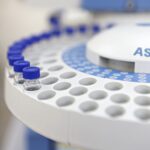
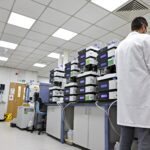
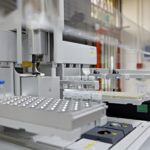
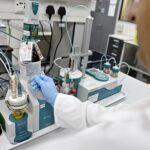
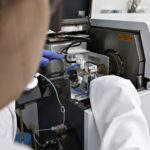
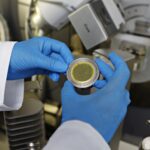
Highlighted Resources
Talk to Us About Your Impurities Testing Needs
Our specialists will collaborate with you to define the most appropriate study design, from custom method development to routine release testing. Whether you’re developing new products or verifying compliance, Cormica ensures data integrity and regulatory confidence.
